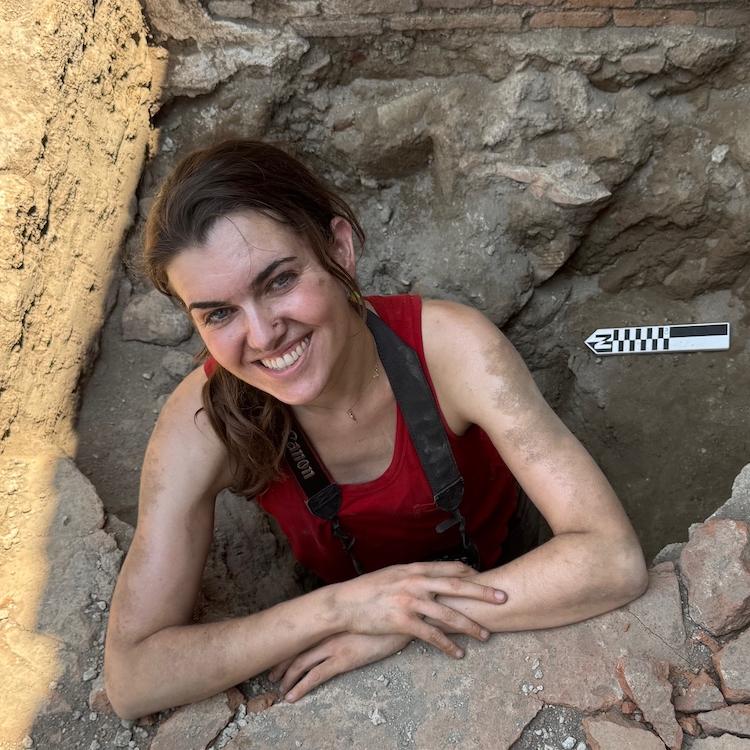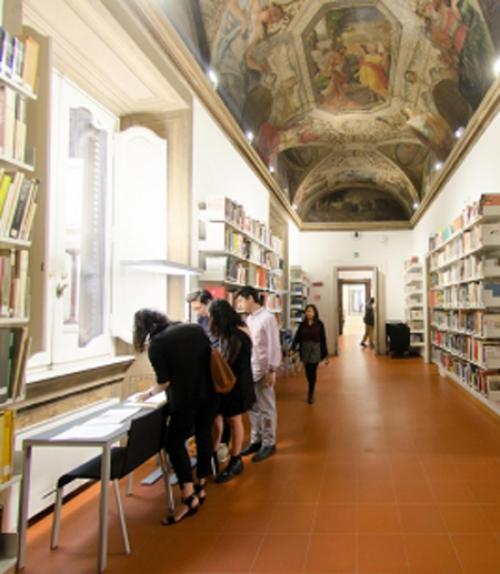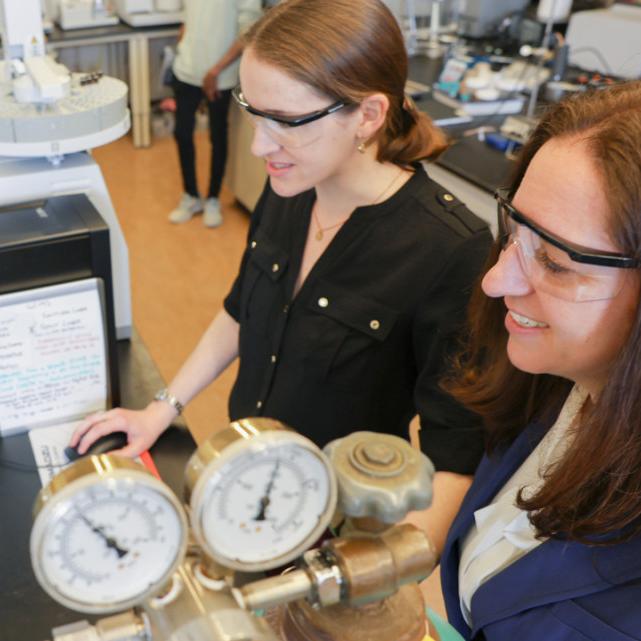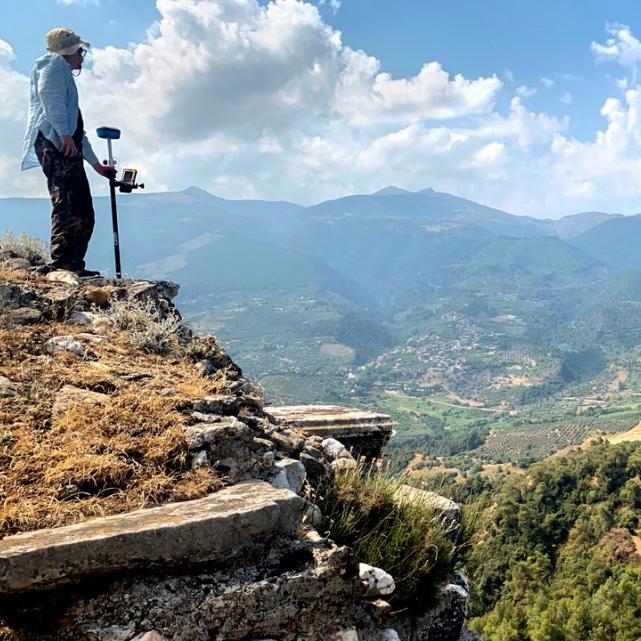
 Department Homepage
The College of Arts & Sciences
Department Homepage
The College of Arts & Sciences
Cornell in Rome program to celebrate 30 years in March
Cornell in Rome will celebrate its 30th anniversary with an event featuring tours, receptions, lunches, and panels on art, architecture and the humanities.




